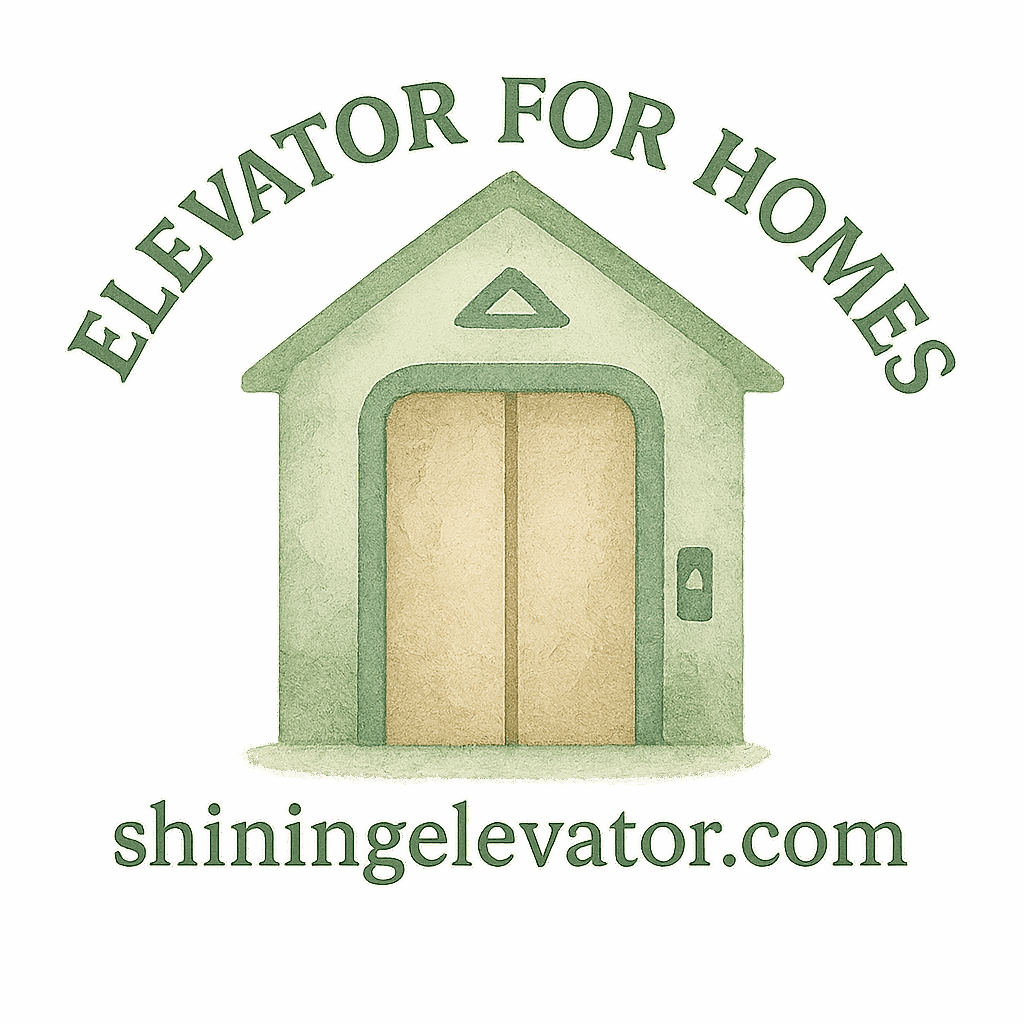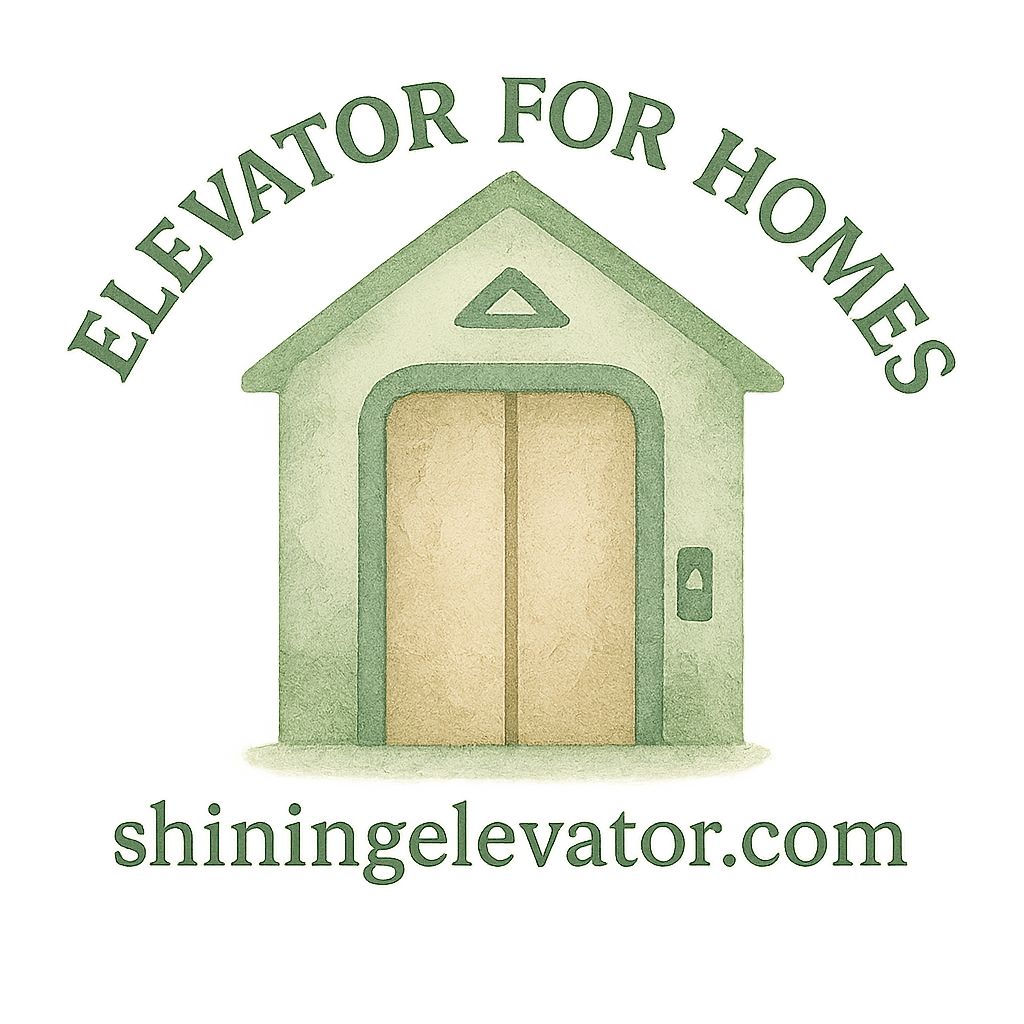Introduction
Have you ever thought about how convenient it would be to have an elevator in your home? Installing a residential elevator is no longer just a luxury—it’s quickly becoming a practical solution for comfort, accessibility, and even long-term planning. But before jumping in, it’s important to understand that residential elevator installation costs vary widely. Safety, customization, and installation requirements can significantly affect your budget.
In this guide, we’ll break down 9 key factors that impact safe residential elevator installation costs so you can plan smartly and avoid surprises.
Understanding Residential Elevator Installation
Why Home Elevators Are Becoming Popular
Home elevators are no longer reserved for mansions or luxury properties. Many families now consider them a practical investment for accessibility, convenience, and aging in place. In fact, with the rise of home accessibility solutions, homeowners are realizing that elevators can enhance both lifestyle and property value.
The Importance of Safe Installation
Cutting corners during installation can compromise safety. Residential elevators must meet strict codes to ensure secure operation. That’s why hiring professionals who understand installation and maintenance is essential.
Factor 1: Type of Residential Elevator
The type of elevator you choose will largely determine your overall cost. Different systems vary in complexity, safety requirements, and installation needs.
Hydraulic Elevators
Hydraulic elevators are smooth and reliable but require a machine room and more space, which can increase installation expenses.
Traction Elevators
Traction elevators use counterweights and cables. They’re efficient but involve complex installation that affects cost.
Pneumatic Elevators
A futuristic option, pneumatic elevators use air pressure and require less construction, making them ideal for compact homes.
Compact and Space-Saving Elevators
If your home has limited space, a small home elevator or space-saving lift may reduce construction costs while ensuring accessibility.
Factor 2: Elevator Size and Capacity
Single-Person vs Multi-Person Use
A compact elevator designed for one person costs less than a larger, multi-capacity residential lift.
Weight Limits and Accessibility Features
Elevators with higher weight limits or those designed for wheelchair access add to the cost but ensure greater safety and usability.
Factor 3: Customization and Design
Luxury Finishes
If you want your elevator to match a luxury look, premium materials like glass or stainless steel will increase expenses.
Interior Design Matching
Many homeowners want elevators that align with their interior design, which often means additional customization costs.
Custom Elevator Cab Styles
From paneling to lighting, personalization adds uniqueness but also raises costs. Explore design customization options carefully when budgeting.

Factor 4: Home Preparation and Structural Modifications
Creating a Shaft or Hoistway
If your home doesn’t have a pre-built shaft, construction costs can significantly impact the total.
Electrical and Mechanical Adjustments
Adding a residential elevator requires wiring, circuit upgrades, and sometimes even plumbing adjustments.
Space-Saving Solutions for Small Homes
For smaller houses, consider a compact elevator that requires minimal modification.
Factor 5: Safety Features and Accessibility Options
Emergency Brakes and Backups
Installing fail-safe features like emergency brakes and backup power adds to costs but ensures peace of mind.
Accessibility for Seniors and Elderly
Homeowners planning for aging in place often invest in elevators designed for senior safety and mobility support.
Meeting Safety Codes and Regulations
Every residential elevator must comply with safety and accessibility standards, which can affect installation requirements.
Factor 6: Installation Rates and Labor Costs
Regional Cost Differences
Your location influences pricing. Areas with higher living costs usually have higher installation rates.
Complexity of Installation
More complex projects require specialized labor, which increases expenses.
Factor 7: Maintenance and Long-Term Costs
Regular Inspections and Servicing
Ongoing installation and maintenance costs are part of owning an elevator. Regular servicing keeps the system safe and reliable.
Budgeting for Repairs
Plan ahead with a maintenance budget to cover unexpected breakdowns and part replacements.
Factor 8: Elevator Providers and Companies
Choosing Reliable Elevator Providers
Partnering with reputable elevator providers ensures better quality and safer installation.
Comparing Elevator Companies
Researching different elevator companies helps you find the best balance between cost and quality.
Factor 9: Budgeting and Planning Ahead
Planning Elevator Expenses
A realistic plan prevents unexpected costs. Use budgeting and planning tools to estimate your total investment.
Future-Proofing Your Home with a Residential Lift
Investing in a residential elevator today ensures comfort, safety, and value for years to come.
Additional Considerations Beyond Cost
Aging in Place
Elevators allow homeowners to remain in their houses longer without mobility challenges. See more about aging in place.
Home Accessibility and Senior Safety
For families with elderly members, elevator for elderly installations ensure safe mobility throughout the home.
Conclusion
Installing a residential elevator is a big step, but one that can transform your home’s accessibility and value. Costs vary depending on type, design, safety features, and provider. By considering these 9 factors that affect safe residential elevator installation costs, you’ll make a smarter investment and enjoy peace of mind knowing your elevator is both stylish and secure.
FAQs
1. What is the average cost of installing a residential elevator?
It typically ranges from $20,000 to $50,000 depending on type, size, and customization.
2. How much space do I need for a home elevator?
Compact models can fit in small spaces, while larger ones may need a dedicated shaft.
3. Do elevators increase home value?
Yes, adding a home elevator often boosts resale value and market appeal.
4. Are home elevators safe for elderly users?
Absolutely—especially models with senior safety features and accessibility options.
5. What are the maintenance costs for residential elevators?
Maintenance costs vary, but budgeting $200–$500 annually for servicing is recommended.
6. Can I customize my elevator design?
Yes, options like elevator customization allow you to tailor finishes, interiors, and styles.
7. How long does residential elevator installation take?
On average, installation takes 2–6 weeks depending on complexity and home modifications.


